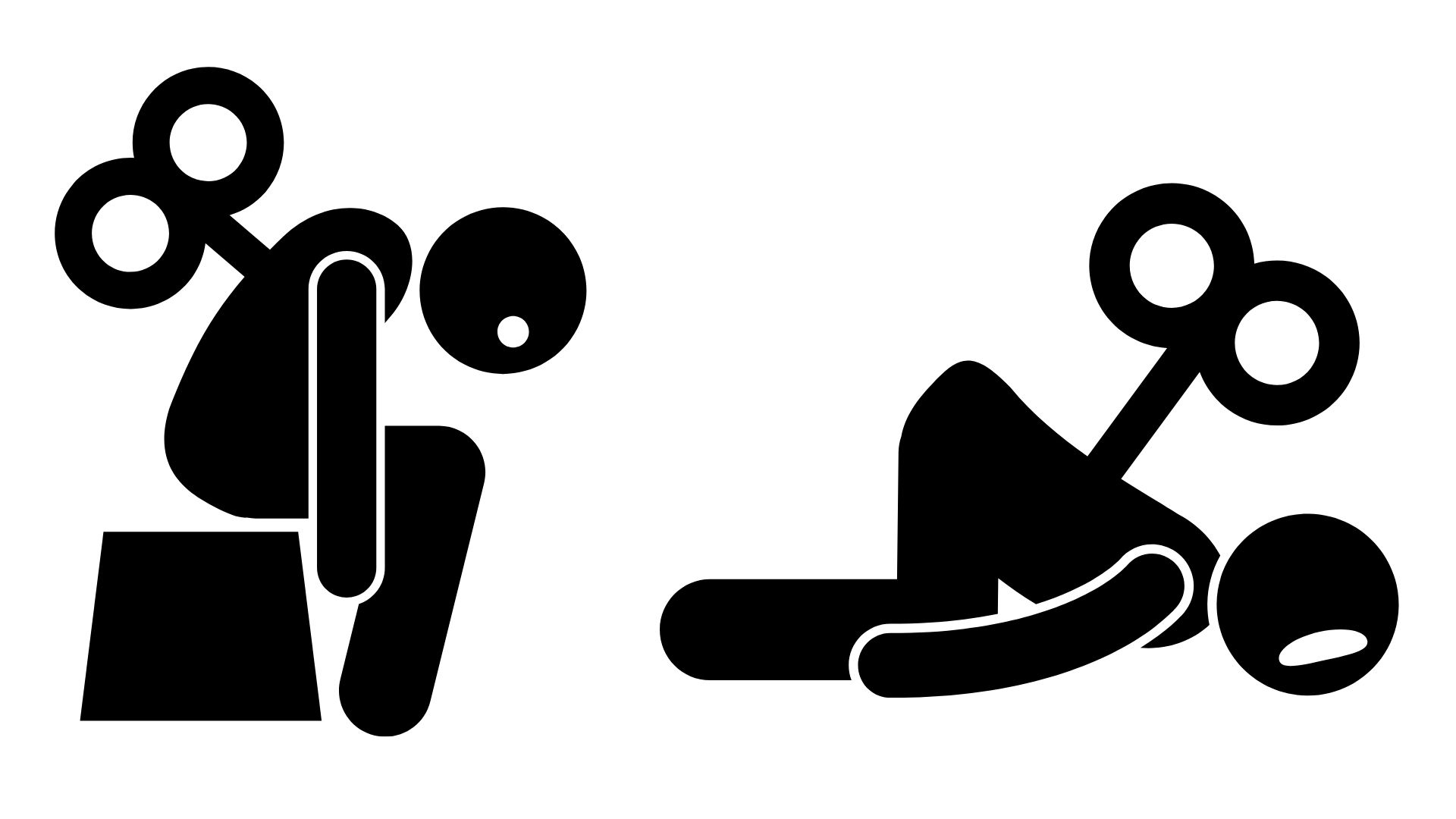Clinical Environment and Normalization of Deviance
Clinical Environment and Normalization of Deviance
Introduction
In our daily life, not everything is under control. The tap is losing water drop by drop, our bell is not working always, even our car is starting with a new noise. But, as long as they continue to function, we allow ourselves some time before fixing them.With the passage of time we even can forget the incidences and get used to them. And then, one day, you realize that your tap is not working, your friends can´t reach you at home or you can´t start the engine of your car on.
The idea of normalization of deviance
The term “normalization of deviance” was first used by the American sociologist Diane Vaughan (1) “to describe the process in which deviance from proper or correct behavior becomes normalized in a corporate culture” (Definition extracted from Wikipedia). An unsafe process or practice is considered normal and is not fixed even for a long time, because the final desired outcome is reached most of the time. The concept brought up after the accident in the Space Shuttle Challenger , when it was recognized that a defect in the design was kept in several launches. The National Aeronautics and Space Administration (NASA) knew this particular problem , but previous operations were accomplished without any trouble until this particular event when a combination of a bad design and a very low temperature finished in a fatal disaster.
Unsafe clinical practice and normalization of deviance
In the last fifteen years clinical medicine and surgery have learnt a lot after the information coming from the world of commercial aviation, ergonomics and the science of human factors in general. We practice now in an environment where words like safety, error, checklist, procedures, improvement, transparency, are common in hospitals and Health Institution around the world. Then, in my opinion, it is not difficult to describe several scenarios where this apparent theoretical concept of normalization of deviance can be detected in clinical medicine and we will expose in the next paragraphs some examples.
The Differential Diagnosis
This essential step in a correct medical evaluation is a safety net, because the physician exposes the possible disease of the patient, but at the same time, two or three more entities with important similarities. In a clinical environment under pressure, such as the Emergency Department or even in a crowded Internal Medicine Department the lack of a proper Differential Diagnosis can be astonishing, the clinical process usually is finished without a surprise most of the time, but in a percentage of clinical encounters the safety of the patient can be compromised when other clinical alternatives are not even under an initial consideration. Medical errors can be also more common if a summary differential is not evaluated in the very initial encounter with the patient and in the diagnostic process.
The infection control
In the hospital environment, infections are common because of the multiple devices around a patient and the direct manipulation of catheters, blood samples and techniques in general. The lack of a proper program of control of infection and the setting of clinical protocols of assistance can be in the origin of the growth of multiresistant bacteria and a dissemination across the clinical scenario.
A clear leadership in this field is key in any health care organization, establishing procedures, even the protocols for proper clinical clothing and general protection. For many years hospitals and Health Centers in general have been working without not too much respect to the “dangers” around professionals, doctors, nurses and everyone integrated into the clinical teamwork, from logistic until cleaners and others.
Tuberculosis and other respiratory infections, cutaneous transmissible bacteria, imported diseases from other geographical areas, and many other situations, were well known before the COVID-19 pandemic, but no major changes were implemented to establish “defensive barriers” to protect the Institution and their workers, a clear example of “normalization of deviance”.
Conclusion
We are now in a situation to adapt our hospitals and health centers to the challenge of new diseases, new risks and more protection for health workers and patients.
We were thinking that everything was fixed and that our clinical protocols, adapted to the “closed” world of our wards and clinics, were enough to look for a safe environment (2), but the new situation, accelerated for the COVID-19 pandemic, has shown that we need a redefinition of our model, combining safety and accessibility to the new reality and the new population of patients.
Bibliography
- Diane Vaughan (4 January 2016). The Challenger Launch Decision: Risky Technology, Culture, and Deviance at NASA, Enlarged Edition. University of Chicago Press. pp. 30–1.
2) Price, Mary R.; Williams, Teresa C. “When Doing Wrong Feels So Right: Normalization of Deviance”. Journal of Patient Safety 2018; 14 (1): 1–2
Author: Lorenzo Alonso
FORO OSLER



